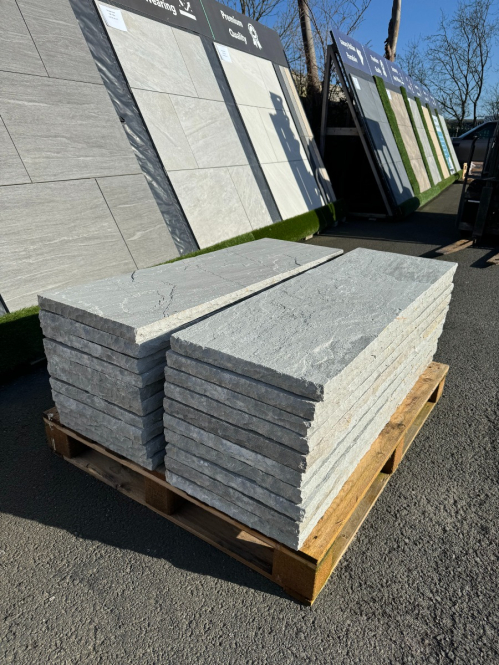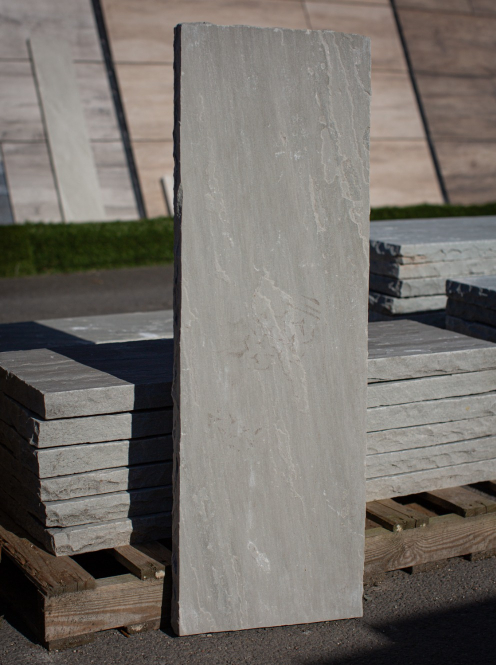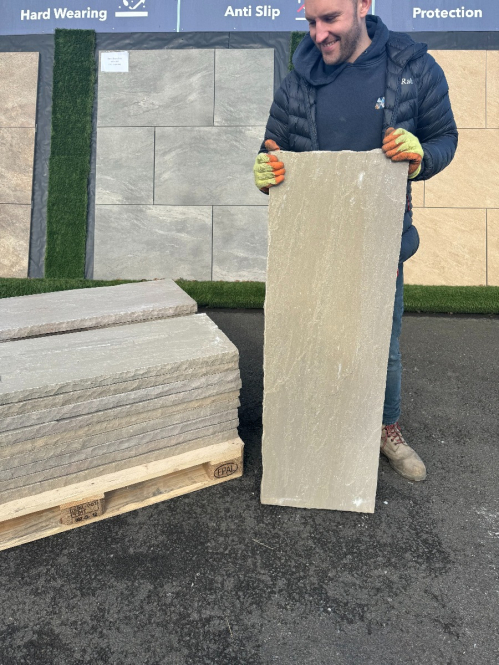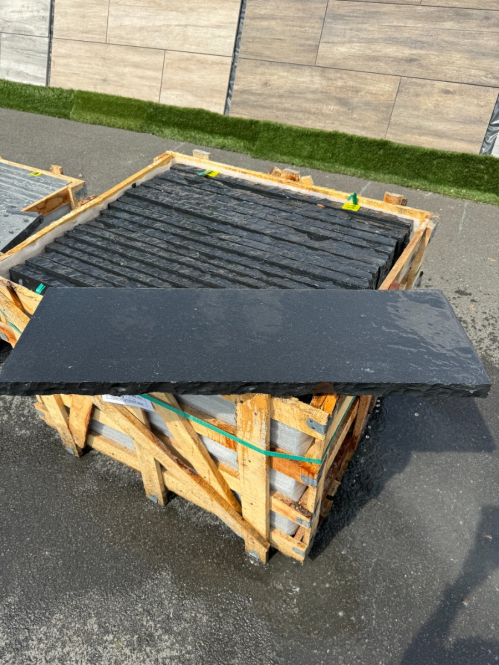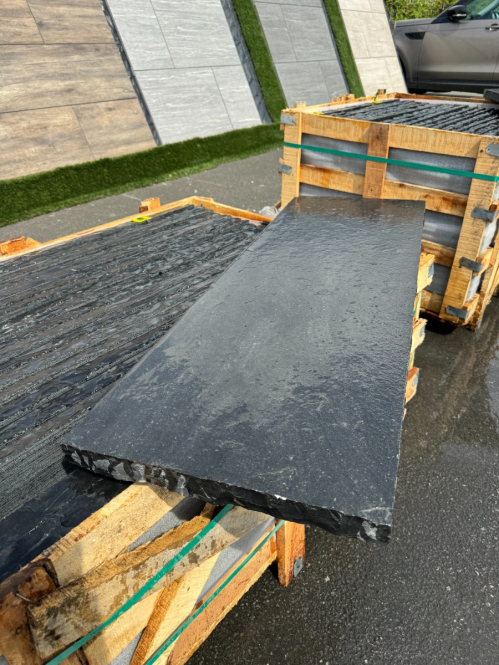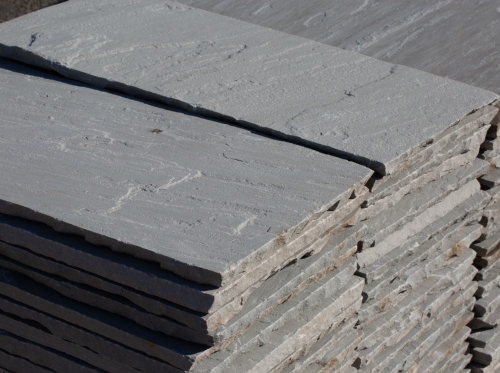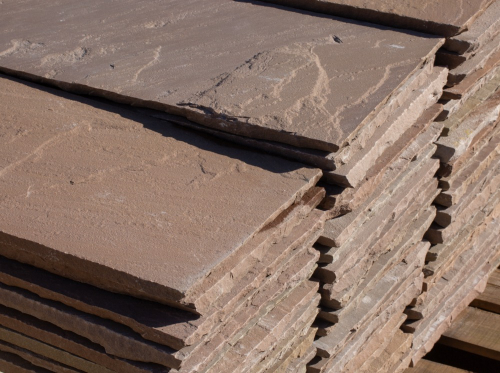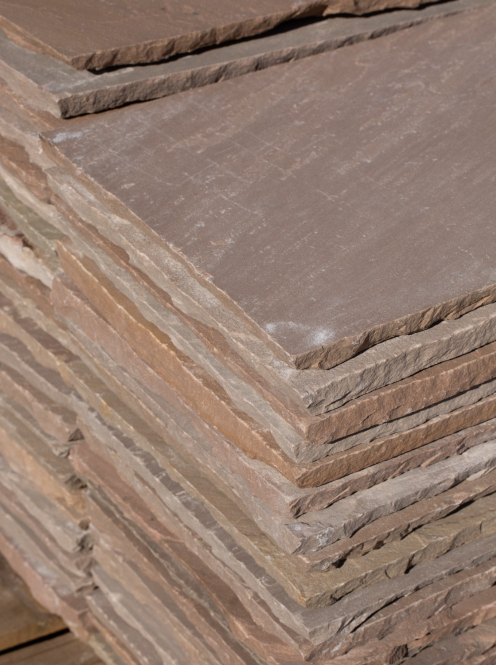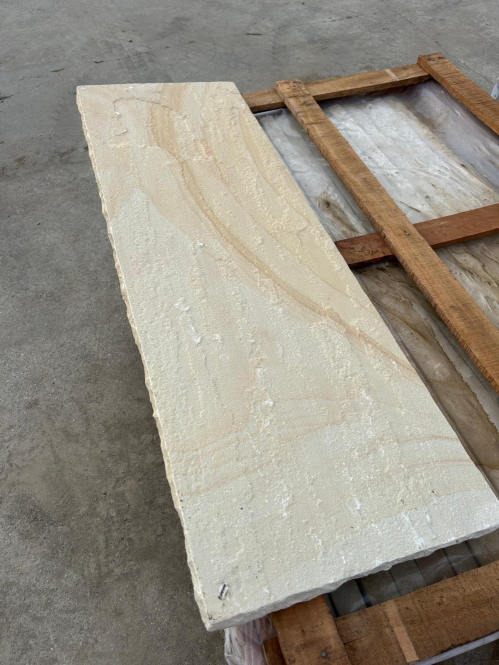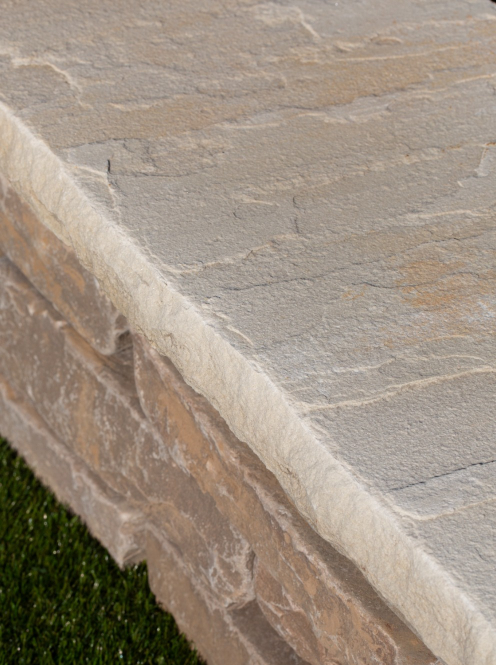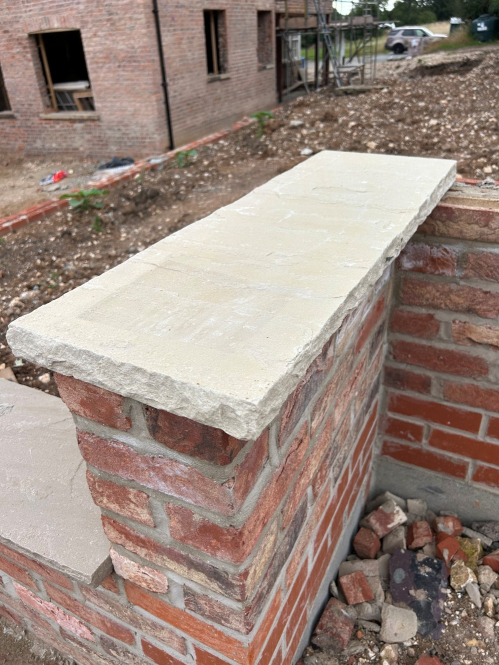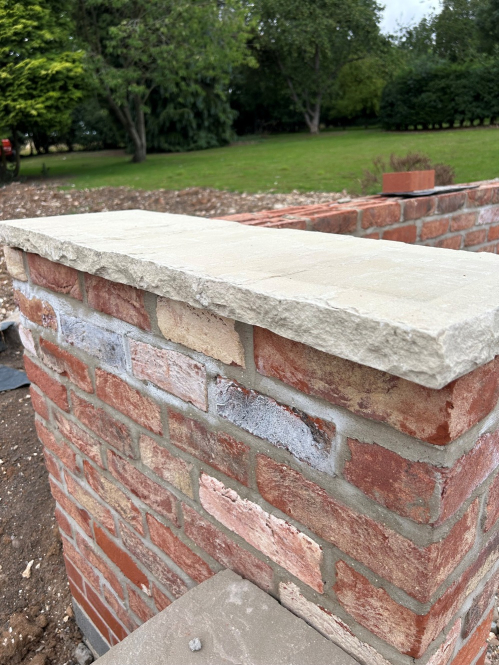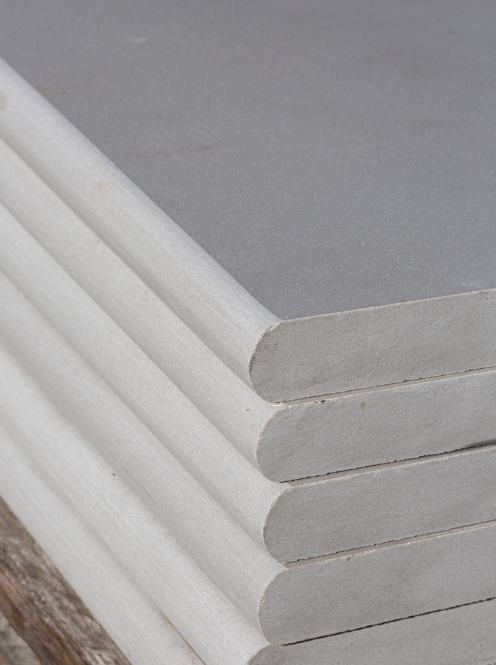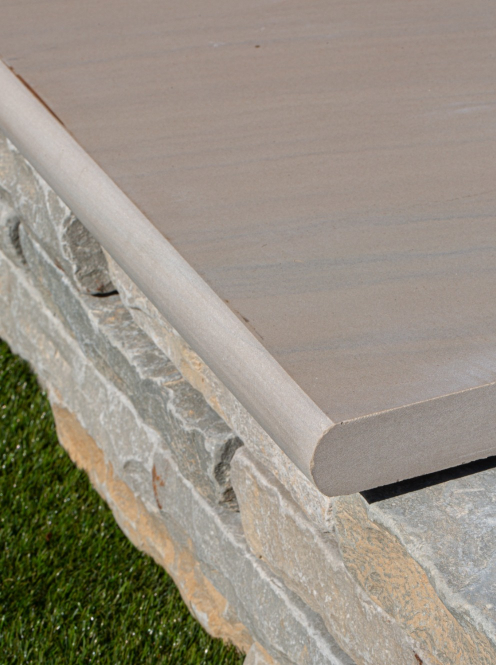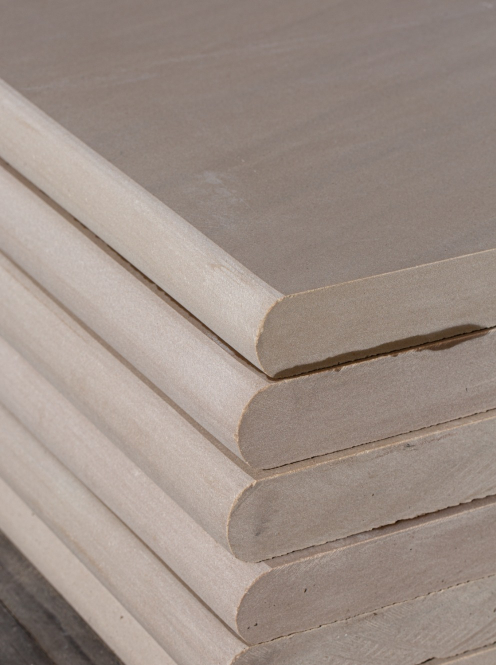Wall Copings
Wall Coping stones provide one of the best ways to finish your walling project to the highest standard, adding a luxury finish to any landscaping job. Some customers choose to use paving slabs as coping stones and this is a perfectly good idea, however coping stones tend to be a more dense and thicker to offer a more robust solution, especially if it's to double up as seating on top of a low wall.
Discover our beautiful range of coping stones for sale at Melton Stone today.
You can call our helpful team on 01482 688008 or Email us sales@meltonstone.co.uk
Wall Copings
How thick do wall copings need to be?
The thickness of wall copings, also known as 'coping depth' or 'coping thickness', depends on several factors, including the height of the wall, the material used for the coping, and the structural requirements. Copings serve as protective caps for walls, providing a finished edge and helping to redirect water away from the wall's surface. The recommended thickness for wall copings typically ranges from 2 inches (5 centimetres) to 4 inches (10 centimetres). However, thicker copings may be used for specific applications or for walls with greater height or load-bearing requirements.
Can I use sandstone pavers for a wall coping?
Yes, you can use sandstone pavers for wall coping. Sandstone pavers are a versatile and durable natural stone option that can be employed for various outdoor and landscaping applications, including wall coping. Coping refers to the cap or top layer of a wall that provides a finished and protective edge. It is an essential element for retaining walls, garden walls, and other types of wall structures.
What is the difference between Indian sandstone and limestone?
Indian sandstone and limestone are both popular natural stone choices for paving and landscaping, but they have distinct differences in terms of origin, appearance, characteristics, and applications. Here are some key differences between Indian sandstone and limestone:
1. Origin and Geology:
- Indian Sandstone: As the name suggests, Indian sandstone is quarried in India. It is a sedimentary rock primarily composed of sand-sized grains of minerals, such as quartz and feldspar, held together by natural cementing materials. Indian sandstone is formed over millions of years through the accumulation of sand and other minerals.
- Limestone: Limestone is a sedimentary rock as well, composed mainly of calcium carbonate derived from marine organisms like coral and shells. Limestone forms in shallow marine environments and can contain various fossils, giving it a distinct appearance.
2. Appearance:
- Indian Sandstone: Indian sandstone is available in a wide range of colours, including buff, beige, grey, brown, green, and red. It may also have attractive variations and veining, making each piece unique. The surface of Indian sandstone can be riven (naturally split), sawn, or polished.
- Limestone: Limestone comes in various colours as well, including white, beige, grey, blue, and brown. It may also feature fossils and shells, which add character and interest to the stone's appearance. Limestone surfaces can be honed, polished, or have a natural cleft finish.
3. Porosity:
- Indian Sandstone: Indian sandstone is generally porous, which means it can absorb liquids and stains. Some varieties of Indian sandstone may be more porous than others.
- Limestone: Limestone is also porous, but the level of porosity can vary depending on the specific type of limestone. Some limestone varieties are more porous than others.
4. Durability:
- Indian Sandstone: Indian sandstone is generally durable and suitable for outdoor use, including paving, patios, and garden paths. However, its porosity may require occasional sealing to enhance its stain resistance.
- Limestone: Limestone is durable as well, but its susceptibility to staining and wear may vary depending on the specific type and finish. Sealing can also be beneficial for improving its performance in outdoor applications.
5. Use and Applications:
- Indian Sandstone: Indian sandstone is commonly used for outdoor paving, garden paths, patios, and landscaping. Its diverse colour options and natural appeal make it a popular choice for both traditional and modern designs.
- Limestone: Limestone is used for a variety of applications, including exterior cladding, paving, flooring, and architectural elements. It is also favoured for its versatility and ability to complement various architectural styles. Ultimately, the choice between Indian sandstone and limestone comes down to personal preference, project requirements, and the specific characteristics of the stone that best suit your design vision and intended use. When selecting either of these natural stones, it's essential to consider factors such as colour, porosity, durability, maintenance, and the overall aesthetic you want to achieve in your outdoor or indoor space.



